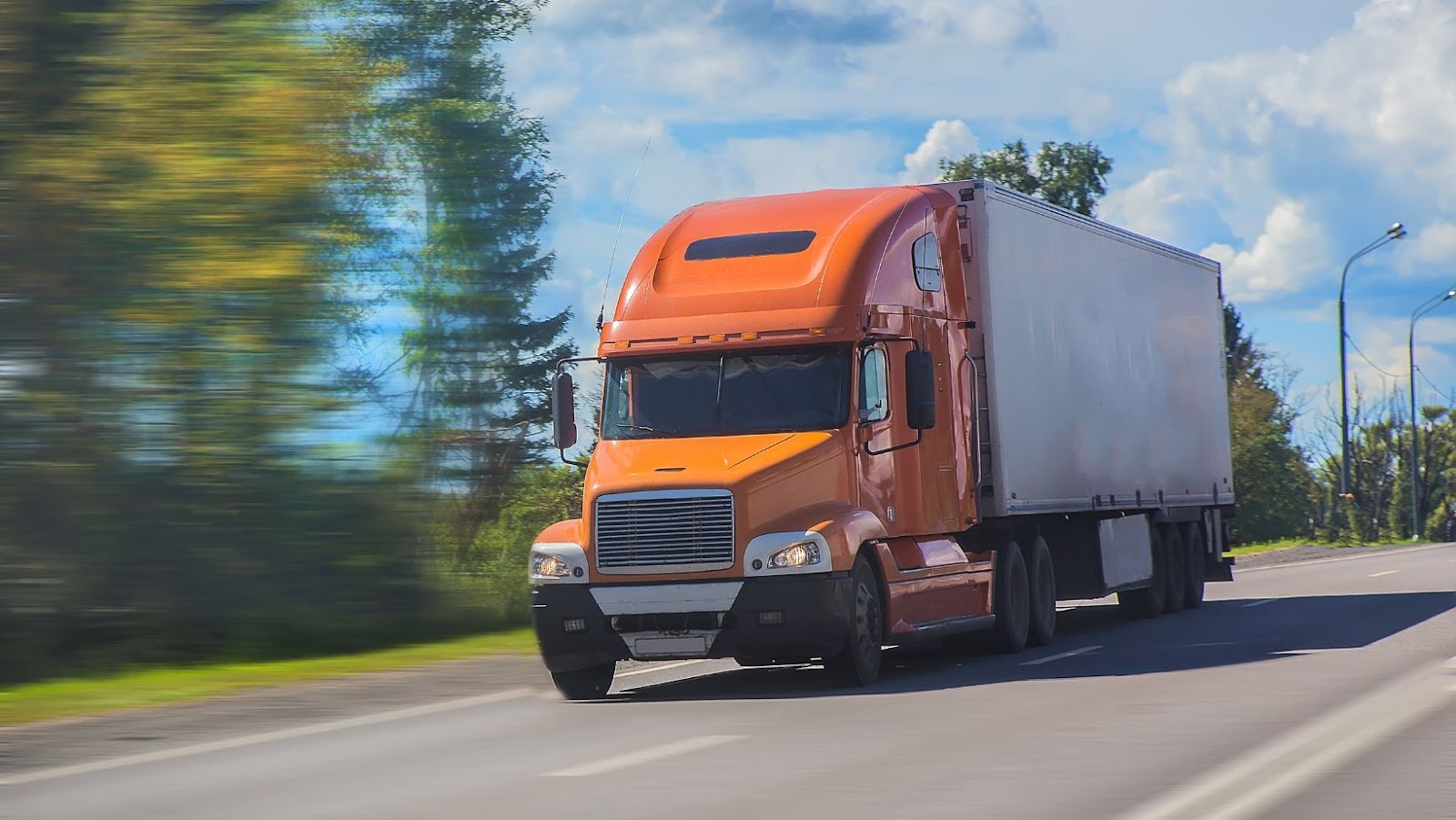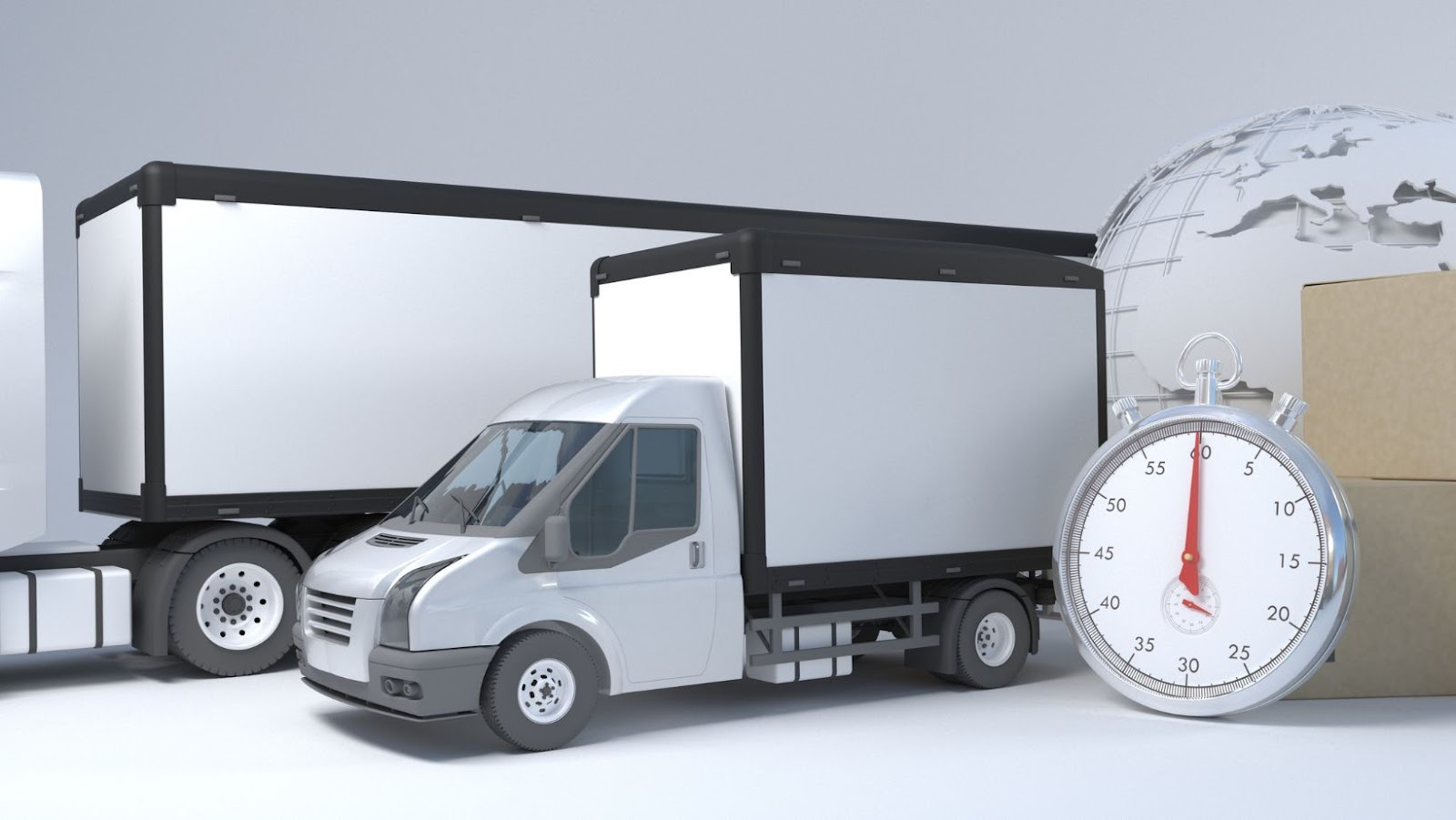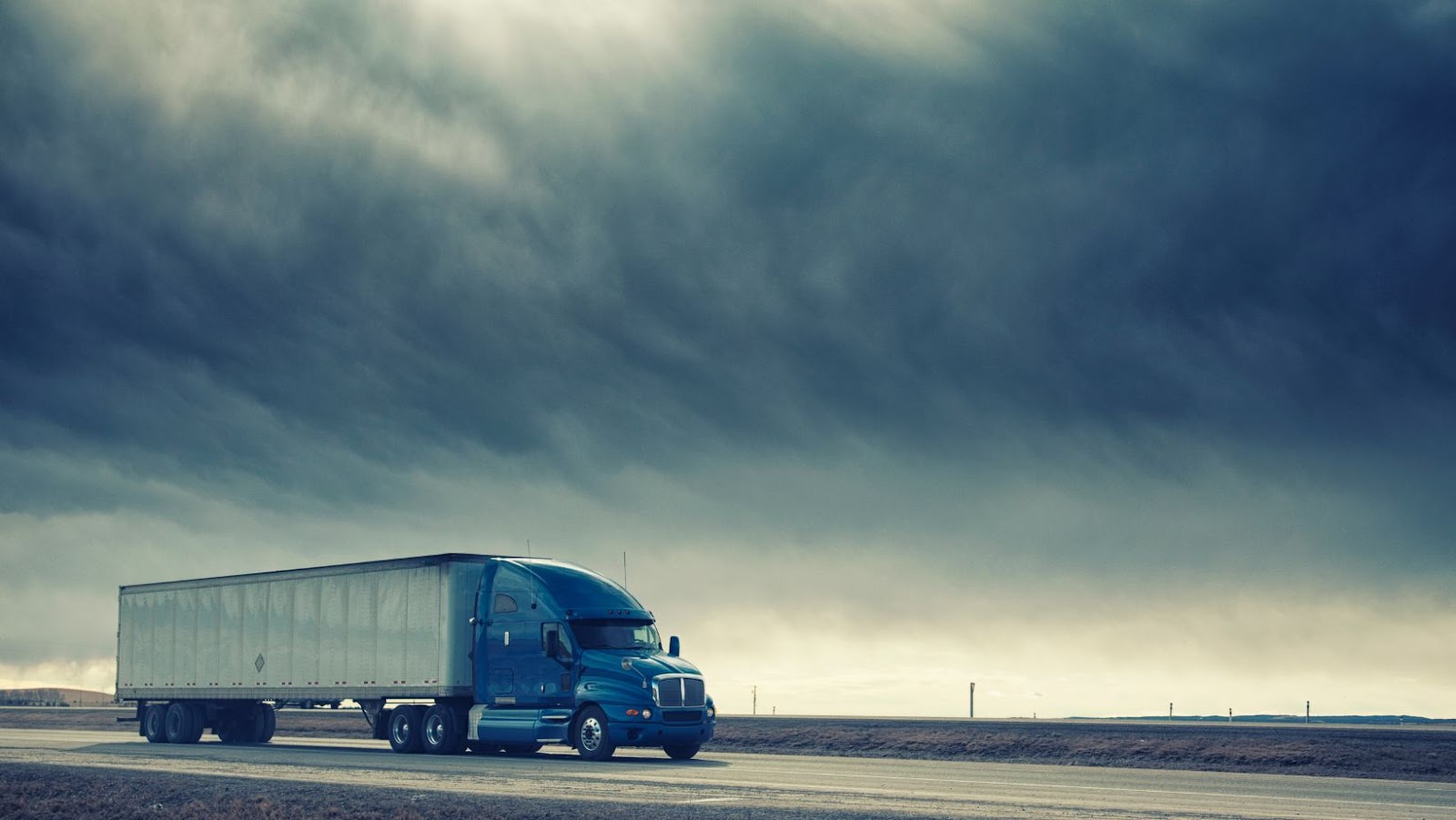The automotive industry is undergoing a revolution with the emergence of self-driving technology. Self-driving startup Embark, which recently raised $70 million, aims to disrupt the industry even further by introducing self-driving big-rigs to freight transportation.
This article seeks to discuss the potential impact that Embark’s self-driving technology could have on the environment.
Self-Driving Startup Embark Raises $70 Million, Opens Freight Transfer Hubs For Robot Big Rigs
Self-driving trucks are autonomous vehicles that use a combination of sensors, cameras, radar and artificial intelligence to navigate the highway. These truck are designed to reduce costs and improve safety on the roads. In addition to providing cost savings and improved safety due to their autonomous nature, self-driving trucks have potential to also impact our environment in both positive and negative ways.
Regarding energy use, self-driving trucks have been projected to save up to 30 percent in fuel efficiency compared to traditional diesel-electric systems due to their enhanced aerodynamics, lightweight bodywork materials, regenerative braking technology and route optimization capabilities. In contrast, there can be a direct economic and health impacts due digitalization of freight transport that shift responsibility away from humans.
The environmental benefits will depend significantly on the routes taken by these autonomous vehicles as they could reduce mileage and emissions if they take optimal adaptations in real time traffic conditions instead of using predetermined routes. There could be potential environmental issues such as air emissions from burning fossil fuels or noise pollution from self-driving truck operations if proper steps for regulation are not considered.
This overview serves as an introduction into the potential environmental impact of self-driving trucks when compared operational haulage tasks carried out by traditional diesel-powered products representing most of road transport today.
Environmental Impacts
Self-driving startups, such as Embark, are increasingly gaining traction with their revolutionary technology, having recently raised $70 million to open freight transfer hubs for robotic big rigs. This technology has the potential to dramatically reduce the environmental impacts caused by traditional semi-trucks and cargo vessels.
Let’s take a closer look at how self-driving trucks could affect the environment in both positive and negative ways.
Air pollution
The environmental impact of self-driving trucks on air pollution is one of the most concerning consequences of this advancing technology. With or without autonomous technology, trucks are responsible for much of the nitrogen oxide, particulate matter and organic compounds in urban and rural areas. The rising freight shipments from e-commerce, particularly during peak holiday and summer seasons, likely exacerbates the issue.
To reduce emissions from this sector and mitigate climate change, several truck manufacturers have begun to develop cleaner and more efficient diesel engines that comply with EPA standards for bulky goods vehicle emissions. These new engines are designed to reduce particulate matter (PM), nitrogen oxides (NOx) and hydrocarbons (HC). In addition, some companies have implemented new technologies such as Regenerative Braking systems which capture energy generated from braking actions to help power the truck’s electric components.
However, given the increasing popularity of self-driving vehicles, the accompanying environmental concerns must be adequately addressed by lawmakers before they become widely used on our roads. In particular, there needs to be a focus on reducing global warming potentials due to additional fleets running on regular roads. To do this, researchers suggest that robotic vehicle fleets be complemented with regulations such as low-carbon strategies for transportation fuels (e.g., biodiesel), more stringent monitoring efforts for engine performance via emissions testing facilities, rigorous fuel efficiency standards and robust policy frameworks around air pollution control plans. Furthermore, efforts should be made to ensure that self-driving trucking operations do not compromise existing efforts surrounding fuel efficiency or increase total miles driven due to their use compared with standard motor operations.
Noise pollution
The introduction of self-driving trucks has the potential to reduce noise pollution substantially. This may have several benefits, both directly to those living near the roads on which they travel and generally by reducing the amount of excess noise in a given area.
Traditional diesel engine semi-trucks are significantly louder than other motor vehicles. So much so that they can cause hearing damage, exhaustion and poor performance in workers exposed to them for too long. Due to their size, large trucks tend to reduce visibility for other road users – even with louder sounds this can result in accidents. Their loud engines also often require them to travel at lower speeds than necessary, which increases traffic times and fuel emissions; this furthers the burden on already overcrowding roads and pollution levels for everyone in those areas.
Compared with traditional diesel powered semi-trucks, autonomous vehicles typically use electric or hybrid engines which are much quieter and consume far less energy when compared with their petrol counterparts; reducing fuel emissions that would otherwise contribute to air pollution drastically. Furthermore, self-driving trucks usually don’t require a driver inside the cab which further reduces their weight; this helps them move more efficiently than traditional trucks without increase electrical consumption or maintenance costs.
By utilizing autonomous technology that relies less heavily on non-renewable energy sources, self-driving trucks offer sustainability solutions which could help reduce levels of noise pollution worldwide while promoting higher levels of air quality across our towns and cities; providing environmental as well as economic benefits for years to come.
Impact on wildlife
Self-driving trucks still have significant potential to impact wildlife, either directly or indirectly, through energy production and consumption. Concerning energy production and consumption, self-driving trucks may require more energy than traditional internal combustion engine (ICE) models due primarily to their reliance on sophisticated sensing and power systems. If a significant portion of road transport is shifted to self-driving trucks, it could lead to an increase in CO2 emissions resulting from the increased demand for power generation. This could put additional pressure on natural habitats due to increased resource extraction or pollution from new or existing power plants.
On the other hand, if self-driving truck technology is powered by renewable sources of energy such as solar or wind power, then it could reduce the environmental cost associated with traditional ICE models. In this scenario, fewer resources would be consumed to produce electricity and lower emissions might result from improved fuel efficiency related to more efficient transportation routes arranged by autonomous technologies. In any case, improvements may need to be made for self-driving trucks’ impacts on wildlife and their habitats are minimal. One potential improvement would involve designing autonomous systems so that wildlife warning as well as hazard detection systems are integrated into each self-driving truck’s operating system for them give extra caution for crossing certain areas that contain certain species of wildlife either living or migrating through those areas.
Economic Impacts
Self-driving trucks, such as those developed by startup Embark, could have a major economic impact. By automating freight delivery, the cost of trucking could be significantly reduced, leading to a potential reduction in the cost of goods. As well as reducing operational costs, self-driving technology could also increase the speed of delivery, which could open up new markets.
Taking a closer look at the economic impacts of self-driving trucks can help to illustrate the potential impact on the market.
Cost savings from automation
Automation in the trucking industry has the potential to lead to long-term cost savings through increased efficiency. Self-driving trucks could reduce fuel costs, improve travel times, and lower labor costs. These potential cost savings offer a major incentive for companies to adopt automation technology and could, in turn, benefit the wider economy.
The cost savings from self-driving trucks can come from many sources. For instance, automated trucks could more precisely stay within their designated speed limits and could reduce the need for frequent stops along a route due to improved navigation capabilities. Automated trucks may also be more fuel-efficient than their manual counterparts as they can use automated cruise control systems that optimize fuel economy by managing speed on hilly roads or adjusting speeds according to road conditions. Additionally, self-driving trucks would not require any driver wages or related payroll taxes, potentially reducing yearly costs for trucking companies even further.
Importantly, most of these potential cost savings are highly dependent on legislation and other regulatory changes that facilitate the adoption of autonomous technologies in trucking operations and infrastructure improvements that optimize driving routes and control traffic flow. As such, governments must take proactive steps towards integrating self-driving truck technologies into existing economies before companies can take advantage of the potential cost savings outlined above.
Job loss
One of the major economic concerns surrounding the use of self-driving trucks is the potential job losses they might cause. The movement towards autonomous transport vehicles could significantly affect truck drivers who rely on driving for their livelihoods. It is estimated that 3.5 million American drivers are employed as commercial truck drivers, and many more individuals are employed in industries related to truck-driving activity. A study by consulting firm McKinsey & Company estimates that up to 15% of commercial driving jobs could be lost to automation over the next decade, potentially leading to widespread unemployment and reduced economic output in sectors dependent upon trucking activity.
Another potential impact of self-driving trucks on the economy is a decline in income for those still employed as traditional truckers due to higher levels of competition from autonomous models on the road. Economic structural changes may also arise from businesses seeking new value propositions using automation techniques instead of relying upon labor for transportation activities, such as reducing costs by having trucks running 24/7 or using real-time monitoring capabilities which can be harnessed for predictive maintenance skills that lead to additional cost savings.
Lastly, there may be long-term impacts if traditional truckers shift roles toward becoming “systems administrators” instead of drivers due to increased demand from companies deploying autonomous vehicles.
Increased economic efficiency
Self-driving trucks are expected to have a significant impact on the economy due to increased efficiency in various areas of trucking operations. In the immediate, self-driving trucks bring with them reduced operational costs such as fuel costs and labor costs due to improved routing, better navigation algorithms and more efficient use of time on the road. Longer-term economic benefits include increased safety on roads due to reduced traffic incidents and lower insurance premiums resulting from this.
In addition, self-driving trucks would allow for better capacity utilization since they could run around the clock with no driver shifts required. This would reduce variable fleet costs by enabling trucking companies to use extra unused capacity without having to go through the process of hiring new drivers or expanding fleets. Self-driving trucks would also allow for smoother supply chain operations through improved communication channels with customers for faster delivery rates and order accuracy due to real-time data transmission between drivers and customers which could lead to lower inventory holding costs.
Overall, self-driving trucks offer enormous potential for a severely underserved industry that remains largely inefficient even after years of technological advancement thus bringing about an unprecedented wave of economic growth in both local economies and global trade markets alike.

Social Impacts
The potential social impacts of self-driving trucks are immense. Self-driving startups such as Embark have raised $70 million to open freight transfer hubs for robot big rigs in the US. This means the automation of the trucking industry, which can potentially replace many existing jobs.
Moreover, it will impact the way goods are transported and cause disruptions in the way goods are distributed.
Let’s examine the potential social impacts of self-driving trucks.
Improved safety
One of the most promising aspects of self-driving truck technology is its potential to increase safety for all road users. The vehicles utilize a system of sensors that continuously monitor their environment, detecting obstacles ahead and keeping a safe following distance between other road users. This decreases the likelihood of vehicle collisions.
Self-driving technologies are also expected to reduce human error, which significantly contributes to traffic accidents worldwide. Additionally, autonomous vehicles use GPS technology that ensures they remain on the right route and comply with traffic laws, thereby reducing the chances of break-ins or hijackings while on highways and long journeys.
The improved safety offered by self-driving trucks will result in fewer highway deaths and serious injuries which can benefit drivers and consumers alike.
Improved quality of life
The introduction of self-driving trucks could have many beneficial effects on both individuals and the environment. Automated vehicles would mean that truck drivers no longer have to work long hours, potentially leading to a better quality of life for those in the industry. This would eliminate some of the fatigue experienced by human truckers but free them up for other tasks. Additionally, since autonomous vehicles don’t require rest breaks or fuel stops, they could travel further distances faster allowing goods to be delivered in less time and with fewer resources used.
Moreover, automated trucks could improve the environment in numerous ways. They can operate more efficiently than vehicles driven by humans as they can adjust their speed and other driving characteristics accordingly to nature’s conditions without any input from a driver. Also, they are powered through electricity so emissions are greatly reduced compared to traditional trucks — that don’t run off electricity — representing a potentially huge environmental benefit. Furthermore, by using renewable energy sources such as solar and wind power for transportation could bring about great progress in terms of energy conservation and pollution reduction.
Overall, self-driving trucks have great potential to revolutionize transportation shortly with substantial benefits felt by various individuals and the environment.
Conclusion
Self-driving trucks have the potential to reduce the number of vehicles on the road due to the efficiency of these vehicles. This could reduce emissions and the amount of fuel consumed by these vehicles, leading to a net positive environmental impact.
With the recent news of Self-Driving Startup Embark raising $70 million, opening freight transfer hubs and making progress in robot big rigs, it is clear that self-driving trucks have an exciting future ahead of them.
In this article, we will look at the potential impact these vehicles can have on the environment.
Summary of the potential impacts of self-driving trucks
The potential impacts of self-driving trucks on the environment cannot be underestimated. Autonomous vehicles (AVs) employ advanced technologies that have the potential to reduce certain types of pollution. At the same time offer increased efficiency, fewer congestion-causing road accidents, and reduced vehicle costs.
First, AVs could significantly reduce carbon dioxide and other greenhouse gas emissions through their effective use of fuel. The more miles a truck travels without human intervention, the less energy it needs to use to move and complete its deliveries; swifter route planning with software programs can also help reduce the amount of fuel consumed over time. Second, AVs could reduce noise pollution in urban and rural areas due to their heightened capacity for navigation in these environments. Third, because these vehicles are operated by computers and sensors rather than humans, there would be fewer incidents of driver fatigue resulting from long hours on the road which further reduces emissions as well as promoting safe and efficient operation for all road users. Finally, AVs offer an economical alternative to traditional trucking as they require less operational costs over time than conventional models. They have fewer repair costs due to their automated systems that can detect problems before they arise.
In summary, while self-driving trucks might seem like a distant reality today, they are rapidly making progress in terms of research and development towards commercial application; if governmental bodies take full advantage of this opportunity by incorporating safety regulations and incentives into policy making decisions then we can effectively mitigate many potential environmental impacts associated with transportation today.















